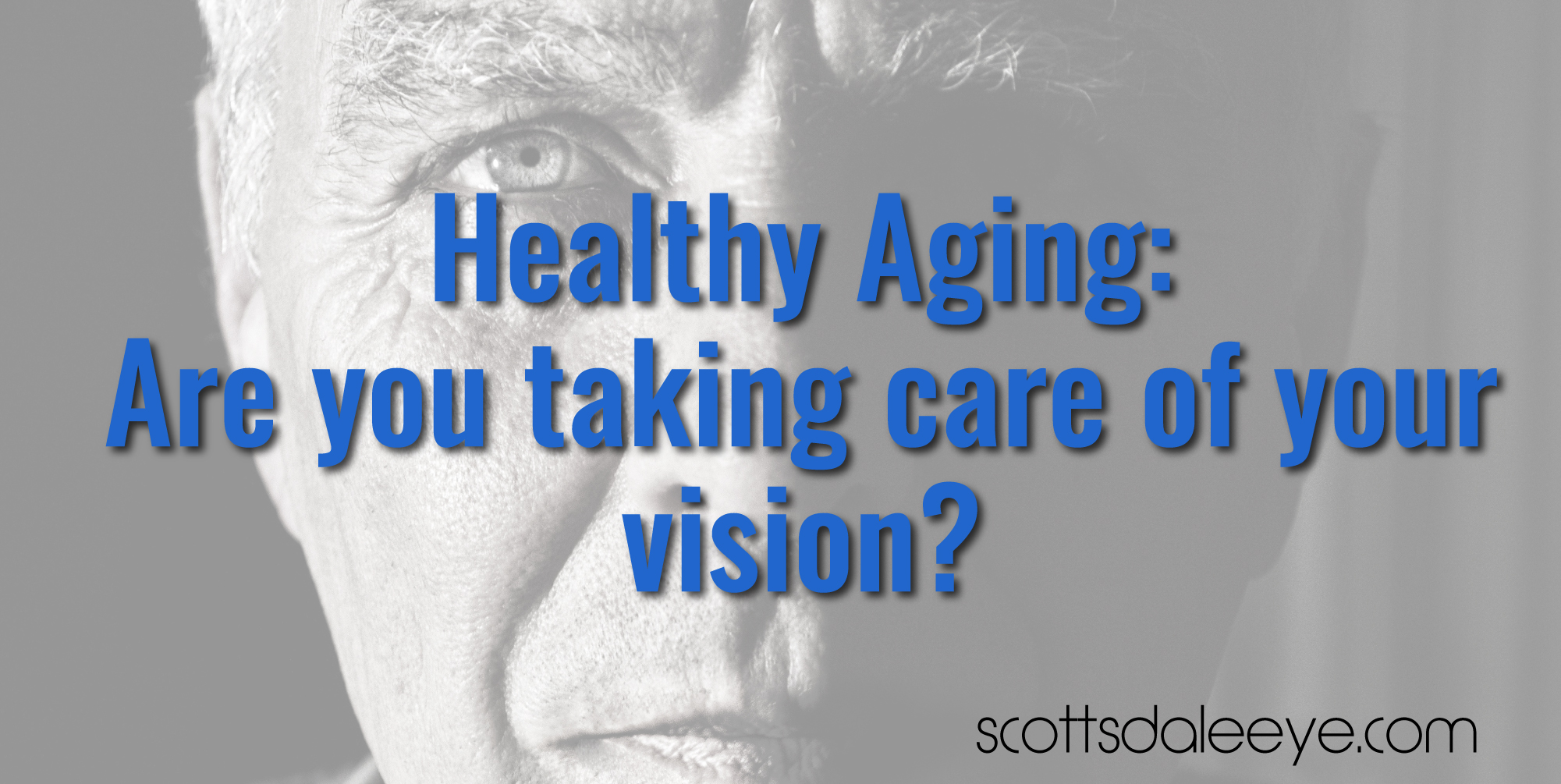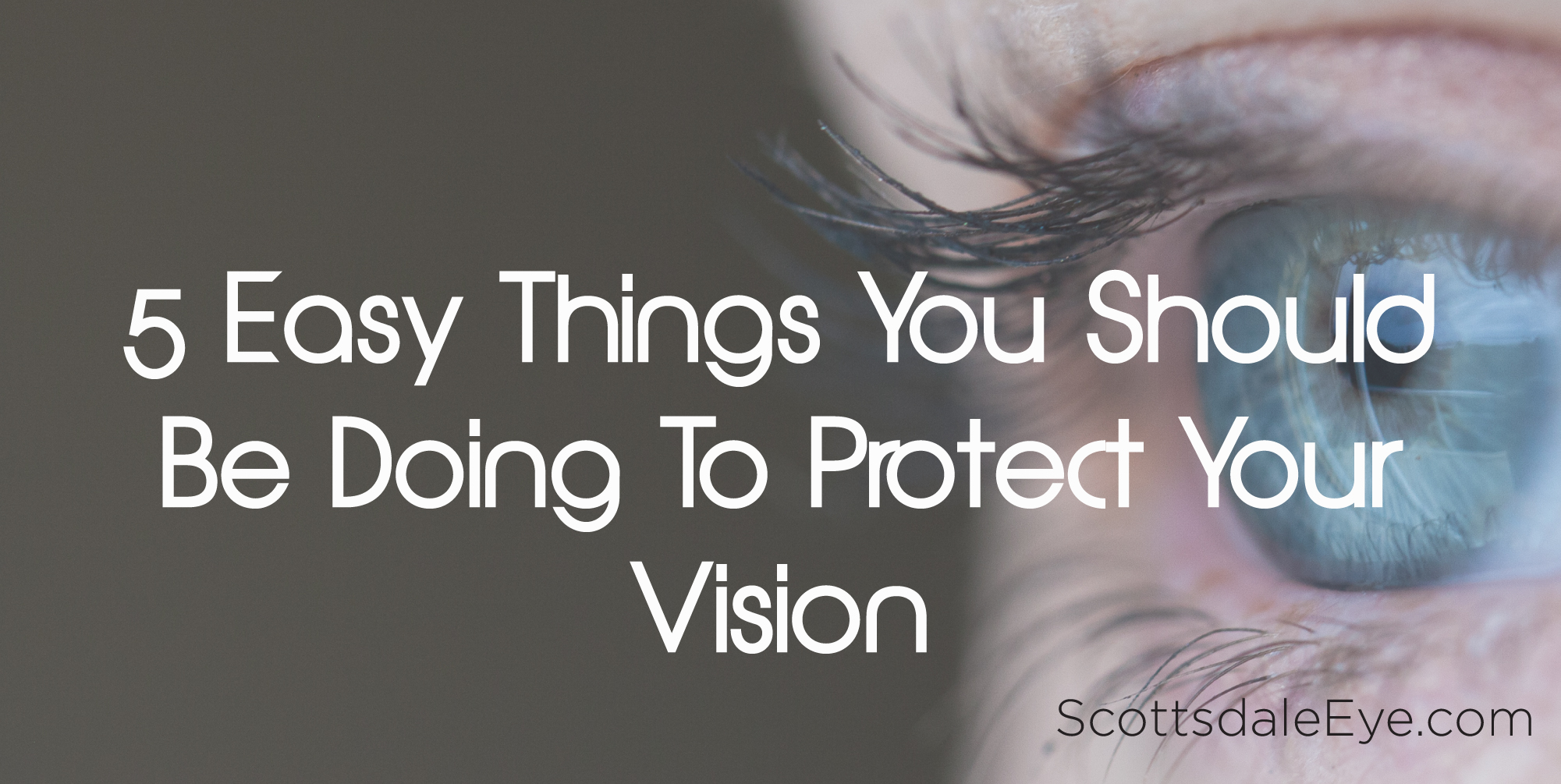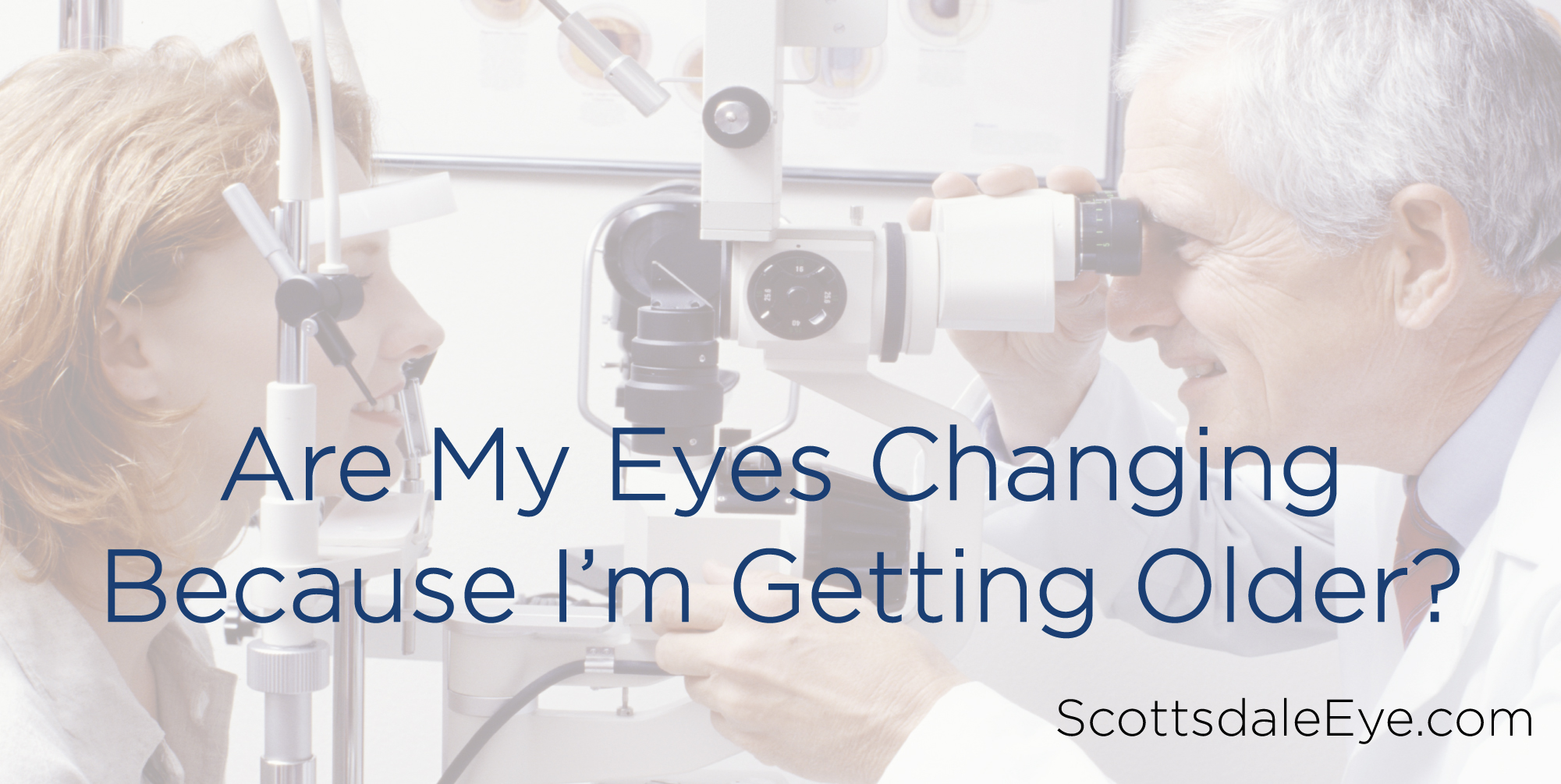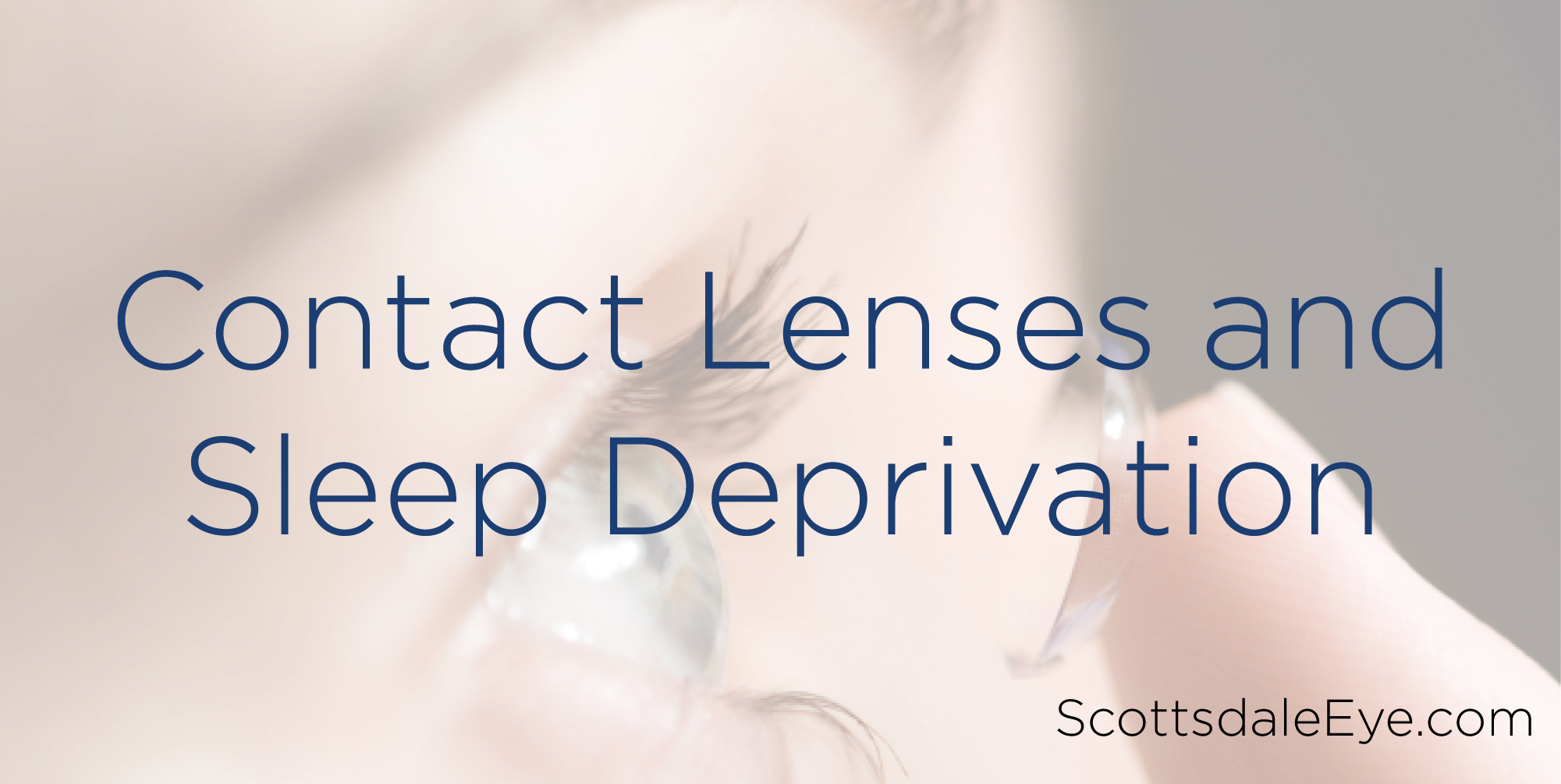Ophthalmologists Encourage Making Your Eyes Part of a Healthy Aging Strategy
According to a national survey released by the American Academy of Ophthalmology, nearly two out of three American adults report having eye or vision problems. A significant percentage of them, however, fail to seek medical attention in the form of regular, sight-saving eye exams. In observance of Healthy Aging Month in September, the Scottsdale Eye Physicians & Surgeons, PC joins the American Academy of Ophthalmology in emphasizing the importance of having regular eye exams to maintain healthy eyes and vision.
Some of the more common age-related eye diseases include age-related macular degeneration, cataract, diabetic retinopathy and glaucoma. Early detection and treatment of these conditions can help to save sight before vision loss occurs [i]. Ophthalmologists – the physicians that specialize in medical and surgical eye care – recommend a dilated comprehensive eye exam as the best way to prevent these conditions from becoming debilitating.

U.S. Adults Do Not Get Eye Exams as Often as Recommended
The survey results emphasize a need for more education about the importance of medical eye exams. Findings showed that 64 percent of adults had at least one or more of the following issues with their eyes or vision:
- difficulty seeing at night
- blurry vision
- reading up close
- flashes of light
- red, watery eyes
- double vision
Despite experiencing some level of impairment, only 13 percent admitted they had been seen by an ophthalmologist.
How Often Do Adults Need Eye Exams?
The Academy recommends that a healthy adult get a baseline eye exam at age 40, even if they have no history of eye problems or eye disease. Those who have chronic conditions, such as diabetes or high blood pressure, may require more frequent exams.
Your vision is your most valuable asset so don’t wait, call 480-994-1872 or click here to make an appointment!
[i] https://nei.nih.gov/healthyeyes/aging_eye










